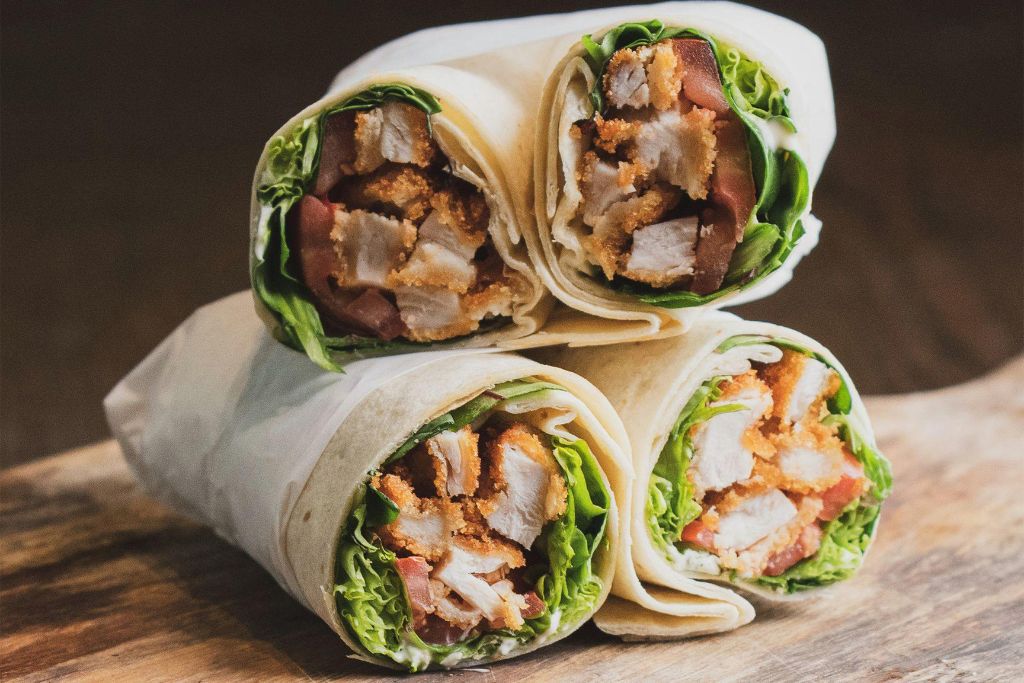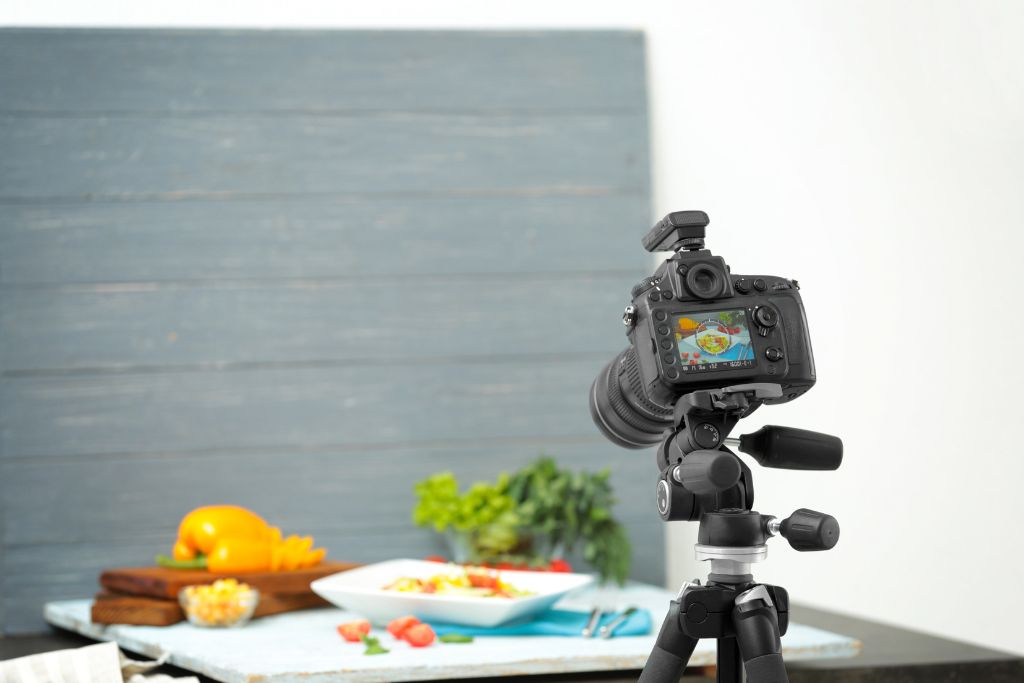The way you film a scene can have a big impact on how people watch the story. Camera angles, focus, lighting, and composition all affect how the audience reacts to a scene. Cinematographers play with these elements to achieve a specific effect and enhance the storytelling potential of their work. Cinematography is the process of making movies. It starts with selecting the right location and shooting the film using that spot. In order to create a realistic movie experience, Cinematographers use a variety of techniques, such as long tracking shots, close-ups, and wide shots. They can also use natural light or artificial light to create realistic images. In this article, we’ll explore some of the most common types of camera angles and shots.
Eye-Level Shots
Eye-level shots are a common camera angle that mimics the standard human viewpoint. These are commonly used to simulate empathy and connect with the audience on a deeper level.
Usually, eye-level shots are captured from the knees up to the head of a character. They don’t include any surrounding scenery, and they present a more realistic view of a person than high or low-angle shots.

They are also considered neutral, so they don’t denote the status of a character (such as whether they’re a good or bad person). This is a good option for scenes where the audience is unfamiliar with a certain character and needs to be introduced without judgment.
Eye-level framing isn’t used as often as other angles, but it does create a precise connection between the audience and the characters in a film. It’s a great shot for scenes where the character needs to feel more connected or vulnerable because it humanizes them.
Wide Angle Shots
Wide shots are a powerful tool to tell your story. Filmmakers use them to establish a scene, communicate a character’s emotional state of mind, and explore every nook and cranny of a landscape.
In a wide shot, the entire subject appears in the frame. Some surrounding scenery is also shown, indicating where the actor is in relation to the setting.

A wide shot can also convey a sense of scale, especially in scenes with large buildings or crowded fields. This type of shot is particularly useful for establishing a scene (see Establishing Shot later in this article) and is commonly used during sports broadcasting to give viewers a sense of what’s happening at any given moment on the field.
In addition, wide shots should include lead room and headroom, which are areas of the frame that give characters and objects space to move forward or backwards without clogging the composition. Creating these areas can help your audience visualize the scene more clearly and can prevent overly cluttered compositions.
Close-Up Shots
Close-up shots are an important part of storytelling. They can help convey a character’s emotions or emphasize details that would otherwise be hidden from view.
For example, close-ups can capture a detailed look at a prop, a food item, or the setting of a scene. They can also highlight the smallest details of a subject’s facial expression, as well as show a person’s lips or other body parts.

When you use close-ups, they can help you tell your story in a deeper way than dialogue can. They can also ratchet up the intensity of a scene.
Before using close-ups, you should consider what you want to convey with them and how they fit into your overall shot list and scene’s shot sequence. This is an important decision that will impact how much power and meaning they add to your narrative.
Shot Composition
Cinematographers often use composition to establish their shots and give the viewer a feel of depth on the screen. They also use shot composition to drive the audience’s attention to important characters, scenes, or objects.
One of the most popular film composition techniques is the rule of thirds. This rule basically consists of placing your subject in one of the intersecting points of a vertical and horizontal line, but not necessarily right at the center.

Alternatively, creating symmetry in your shot composition is another popular technique that works well to convey the beauty of your scene. Symmetry is a natural way for humans to respond to images.
Shot composition is the arrangement of props, scenery, and actors within a camera frame. It’s important for filmmakers to understand the basics of composition so they can effectively manipulate these elements to create a compelling storyline.
Understanding cinematography and how it can be used to tell a story is essential for filmmakers and movie enthusiasts alike. The article “Exploring Cinematography: The Power of Visual Storytelling in Film” provides a comprehensive guide to the basics of cinematography, including the use of camera angles and shots. For a deeper dive into this topic, readers can check out the 100-word piece “Cinematography: How Camera Angles and Shots Tell Your Story.” This article offers a concise overview of the importance of camera angles and shots in storytelling and how they can be used to convey emotions, establish character relationships, and more. By incorporating both articles, readers can gain a better understanding of the art and technique of cinematography in film.



